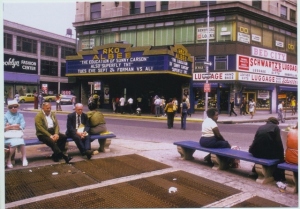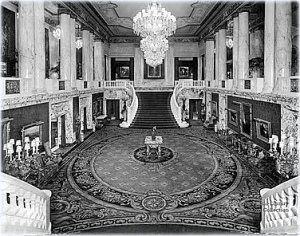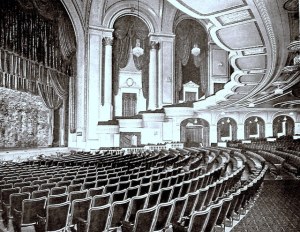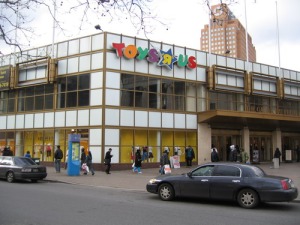Leonard Grunstein gives insight on Mayor-elect Bill de Blasio‘s plan to increase the amount affordable housing in NYC. While de Blasio’s plan is praiseworthy, Grunstein points out the plan is also creating apprehension within the real estate industry. Grunstein stresses there is a vital need for more more middle-income housing in NYC, but current efforts offer small incentive to developers to build affordable housing.
“More can be done in terms of zoning bonuses or overrides for these sites to foster the creation of middle-income affordable housing.”
Grunstein goes on to explain that under the Bloomberg administration, their is a lack of focus on the creation of middle-income units and as a result, the city is missing big opportunities:
“If similar requirements had been in place for the massive Hudson Yards development, there would be an additional 5,000 units of affordable housing constructed. The thousands of people who will eventually work in that new neighborhood could have filled these apartments rather than having to commute from long distances.”
That’s an unnecessary burden for those workers as well as a loss for the city’s economy”
Grunstein advises that de Blasio should foster his relationship with the real estate industry; show that he is willing to work with them. Choosing to mandate construction of middle-income housing would add to the long-term sustainability and vitality of NYC. Residents of all income levels will not to be forced leave, they can continue to thrive in the city.
“The city should not leave the decision to include affordable housing up to the developer. Instead, it should have required the construction of affordable housing as part of the RFP and guaranteed the creation of a place where middle-income New Yorkers could live.”





